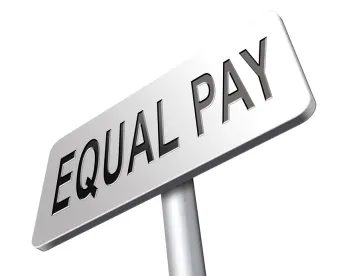Today (10 November) is “Equal Pay Day” in the UK. It marks the day in the year when the average full-time working woman in the UK effectively stops earning compared to the average full-time working man because of the gender pay gap.
The gender pay gap is the difference between men and women’s average earnings. As highlighted in our recent blog, according to the latest figures from the Office of National Statistics the overall UK gender pay gap in 2016 is 18.1%, meaning that a woman, on average, earns around 82p for every £1 earned by a man. Although this gap has fallen over time, progress has been slow; hence the UK Government introducing legislation in an attempt to accelerate it.
Closing the gender pay gap will not be an easy task, but the Government has said that tackling it is an absolute priority. The new gender pay gap reporting obligations are far from perfect but at least in their spirit and intentions, they are clearly a step in the right direction. Employers in Great Britain with 250 or more staff should be aware that they will soon be required to publish details on an annual basis of their gender pay gap. The first reports will have to published by April 2018 using pay data taken from April 2017.
The current focus on gender equality means that such information is likely to be carefully scrutinised by the media, employees, trade unions, investors, etc. Affected employers should therefore be taking steps now to prepare for these new reporting obligations, including considering what information will need to be published, how this can be collated and analysed and whether and how they are going to deal with (and explain) any gender pay gaps which are identified.
We say “whether” because although today is so-called “Equal Pay Day”, it is important to remember that having a gender pay gap does not necessarily mean there has been any breach of the equal pay legislation. The gender pay gap is not caused simply by employers paying men and women in the same job different pay, something which is already unlawful under the Equality Act 2010. Employers may have gender pay gaps for a variety of reasons, including the fact they have more women in junior roles, more women than men work part-time or in areas such as hospitality, retail or leisure that are less well paid.
The new obligation to publish information about the gender pay gap in any particular business will, however, inevitably bring this issue to the fore and employers should be alert to the risk that employees/unions may use this as the basis for threatening claims/demanding negotiations over pay, whether the statistics are actually indicative of discrimination or not.




 />i
/>i
